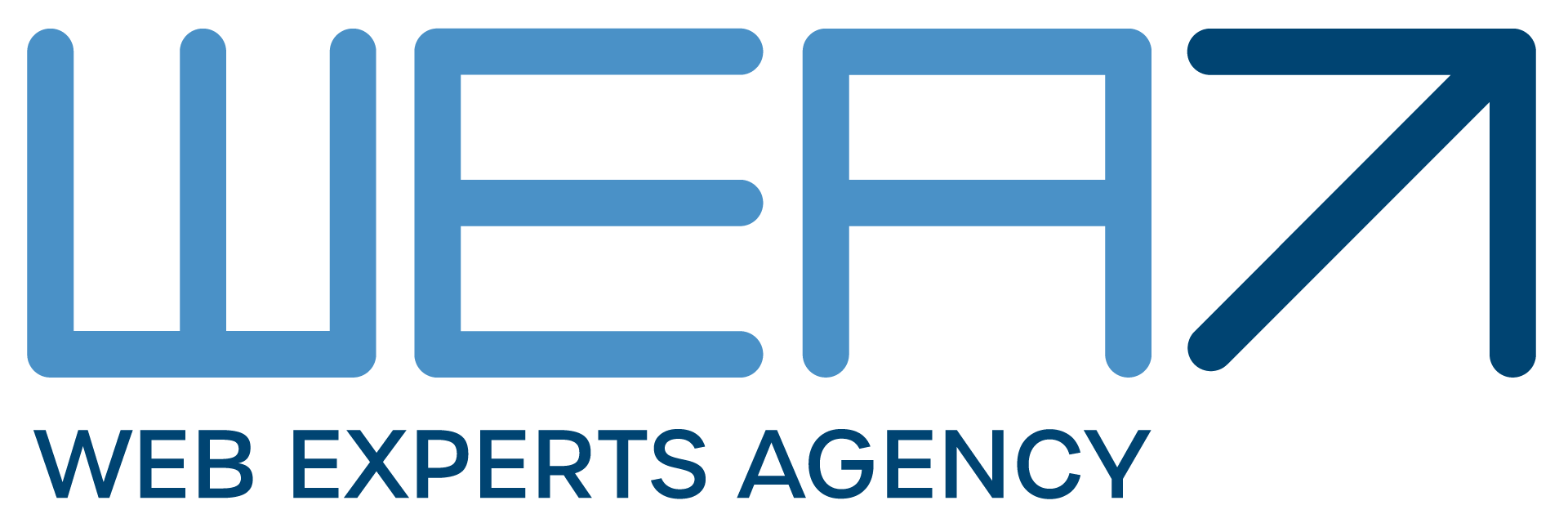
Introduction
Technical SEO is vital for optimising a website’s technical elements to boost visibility and performance in search engine rankings. It involves enhancing infrastructure, server configurations, and code accessibility for search engines. Key elements include speed, mobile-friendliness, secure connections (HTTPS), and crawlability. XML sitemaps, optimised URL structures, and canonical tags are critical.
The primary goal is to improve user experience by facilitating easy navigation and content indexing. Technical SEO also resolves issues like duplicate content, broken links, and redirects, enhancing search engine visibility and organic traffic. Organic search boasts a 27.6% CTR compared to paid search’s 3.17%. Maintaining technical SEO best practices is essential for optimising websites in a dynamic digital landscape, as Search engines, mainly Google, initiate 93% of online activities.
Website Crawlability and Indexability
Website crawlability and indexability are fundamental concepts in Technical SEO, playing a pivotal role in determining a site’s visibility and performance in search engine results. Crawlability refers to the ease with which search engine bots can navigate and explore a website’s content, essentially crawling through its pages. On the other hand, indexability involves the process of search engines storing and organising the information discovered during crawling, making it retrievable when users initiate relevant queries.
Ensuring a website is easily crawlable and indexable is crucial for several reasons. Firstly, it allows search engines to comprehend the structure and content of the site, facilitating accurate indexing and ranking. Secondly, it enables timely updates, ensuring new content is swiftly discovered and incorporated into search engine databases.
Technical SEO plays a paramount role in optimising website crawlability and indexability. By fine-tuning elements such as the Robots.txt file, XML sitemaps, and canonicalisation, Technical SEO practitioners create a clear path for search engine bots to navigate. This optimisation ensures that the most relevant and valuable content is efficiently crawled, indexed, and subsequently presented to users in search engine results. Ultimately, prioritising crawlability and indexability through Technical SEO enhances a website’s chances of being discovered, ranked, and accessed by its target audience in the vast digital landscape.
Website Speed and Performance
Picture your website as a race car speeding down the information highway. Website Speed and Performance fine-tun that race car engine to ensure it zooms ahead without hiccups. Simply put, it’s about making your website load faster and smoother, providing users with a seamless and enjoyable experience.

Why does this speed matter? As a slow-loading webpage can feel like a never-ending road trip, a speedy website ensures that users reach their destination (your content) in a blink. It’s not just about user satisfaction; search engines prefer zippy websites, often ranking them higher in search results.
Here’s where Technical SEO steps in as the mechanic. It fine-tunes the gears and optimises the engine, ensuring your website is flashy and performs at its best. Technical SEO helps reduce unnecessary baggage, like oversized images and ensures the code is efficient. It’s like giving your website a turbo boost, making it user-friendly and a front-runner in the digital race. So, think of Website Speed and Performance with Technical SEO as the winning combo that ensures your website doesn’t just compete; it outpaces the rest on the internet track.
Website Architecture
Imagine your website as a well-organised library where every book has its specific place, making it easy for visitors to find what they need. That’s what we call Website Architecture. It’s like designing a clear and logical roadmap for your website, ensuring users and search engines can navigate your digital space effortlessly.
Why is this organisation crucial? Just like a messy library might make it hard to find a book, a poorly structured website can confuse visitors and search engines alike. Website Architecture, in simpler terms, ensures that your digital content is neatly arranged, making it more user-friendly and attractive to search engines.

Now, here’s where Technical SEO steps in as the architect. It works behind the scenes to arrange the shelves, categorise the books, and create signposts so that everyone, including search engine bots, can easily understand the layout. Technical SEO ensures that your website is not just a jumble of information but a well-organised space that presents your content in the best possible way. So, think of Website Architecture and Technical SEO as the dynamic duo that ensures your digital library is inviting and a breeze to explore.
Technical On-Page SEO
Technical On-Page SEO is like giving your website a makeover from the inside out. It’s the art of making your digital content look good and speak the language that search engines understand. In simpler terms, it’s the backstage crew working to make your website shine on the front stage of search results.
Why does this makeover matter? Like a well-designed storefront attracts more visitors, Technical On-Page SEO makes your website more attractive to search engines. Surveyed marketing leaders predict 89% revenue growth from organic search. It involves tweaking elements like headings, tags, and behind-the-scenes code to ensure your content is visually appealing and stands out in the crowded online market.
Technical SEO acts like the digital architect, optimising your website’s structure for users and search engines. It fine-tunes the technical elements so that your content is not just a pretty face but also ranks higher in search results. From crafting catchy headings to using special codes that search engines love, Technical On-Page SEO is the secret sauce that makes your website stand out online.
Technical SEO Audits
Think of a Technical SEO audit as a thorough health check for your website. It’s like taking your digital space to the doctor to ensure everything runs smoothly. In simpler terms, a Technical SEO audit is an in-depth examination of your website’s inner workings – from its coding and structure to how easily search engines can explore it.
Why is this check-up necessary? Like you visit a doctor for preventative care, a Technical SEO audit helps catch and fix issues before they become big problems. It ensures that your website is tip-top, making it more attractive and understandable to search engines. It, in turn, helps your website show up higher in search results, making it easier for people to find what they’re looking for.

Technical SEO is like the superhero that performs these audits. It uses specialised tools to crawl through your website, identifying areas that need attention. It ensures your website is visually appealing and speaks the language that search engines appreciate. So, consider a Technical SEO audit a routine check-up that keeps your website fit and ready to shine in the digital spotlight.
Security and HTTPS
Think of your website as a secure fortress on the internet, guarded by a HTTPS shield. HTTPS is like a magic cloak that ensures a safe and encrypted connection between your website and visitors. The lock on the door keeps sensitive information, like passwords or credit card details, safe from potential eavesdroppers.
Now, why is this important? Well, in the vast online world, HTTPS is a symbol of trust and safety. When visitors see that little padlock in the address bar, it’s like a reassuring handshake, letting them know that your website is a safe space. This trust protects your users and boosts your website’s credibility in the eyes of search engines.
Technical SEO acts as the guardian of this digital fortress. It ensures that your website is not just a haven for visitors but also speaks the language that search engines understand. By embracing HTTPS and securing your website, Technical SEO safeguards sensitive data. It contributes to higher search engine rankings, making your online presence a trusted and respected entity in the online kingdom.
International SEO Considerations
International SEO is like giving your website a passport to reach audiences worldwide. It involves making your site friendly and understandable to people from different countries and cultures. Imagine your website as a globetrotter that wants to be understood by everyone, no matter where they are.
Now, why is this important? When your website welcomes a global audience, it can appear in search results for people in various countries. It means more people can discover your content, products, or services, turning your website into a well-traveled explorer in the online world.
Technical SEO steps in as the multilingual guide for your website. It helps implement things like ‘Hreflang tags,’ which act like language subtitles, ensuring users get content in their preferred language. Additionally, ‘Geo-Targeting’ strategies in tools like Google Search Console make your website a friendly local in different regions, tailoring content based on where users are searching from.
In simpler terms, International SEO with Technical SEO is like having a trustworthy translator and a world-savvy tour guide for your website. It breaks language barriers and navigates cultural differences, making your online presence a well-received global citizen in the vast landscape of the internet.
Handling Technical SEO Challenges
Technical SEO involves managing the behind-the-scenes aspects of a website to make it more appealing and accessible to search engines. Think of it as giving your website a well-organised and well-lit backstage area so that the star (your content) shines on the front stage (search results). Now, challenges in Technical SEO are like unexpected hiccups that can affect how well your website performs in online searches.
Addressing these challenges is crucial because search engines, like Google, use complex algorithms to decide which websites to show first when someone searches. If your website has technical issues, it may not appear in those crucial top spots, and users might miss out on your valuable content.
Technical SEO comes to the rescue by fixing these challenges. It ensures your website is like a well-oiled machine – fast, secure, and easy for search engines to understand. Whether it’s speeding up your site, making it work smoothly on mobile devices, or securing it with the magic ‘HTTPS’ lock, Technical SEO tackles these challenges head-on. It’s like having a superhero team behind the scenes, ensuring your website looks good and gets the attention it deserves on the virtual red carpet of search engine results. So, handling Technical SEO challenges is like ensuring the stage is set for your website to shine brightly in the digital spotlight.
Conclusion
In wrapping up our exploration of the intricate world of Technical SEO, you now possess the tools to revolutionise your website’s performance. By implementing these strategies and remaining vigilant to algorithmic shifts, your site will climb the ranks in search engine results. Stay proactive in fine-tuning elements like crawl ability, page speed, and on-page SEO. Adapt to the dynamic digital landscape and fortify your online presence. Remember, the journey doesn’t end here—continuously monitor and optimise to ensure sustained success. With this newfound knowledge, you’re poised to navigate the complexities of Technical SEO, enhancing your website’s visibility and securing a competitive edge in the online arena.
FAQs
Q. What role does Technical SEO play in website performance?
A. Technical SEO optimizes website elements like crawlability and speed, enhancing visibility and user experience in search engine rankings.
Q. How does Technical SEO support international audience reach?
A. Technical SEO implements features like ‘Hreflang tags’ and ‘Geo-Targeting’ to make a website accessible and appealing to users worldwide.
Q. Why is HTTPS important, and how does Technical SEO enhance security?
A. HTTPS ensures a secure online environment, and Technical SEO contributes by implementing it, boosting search rankings and establishing user trust.




